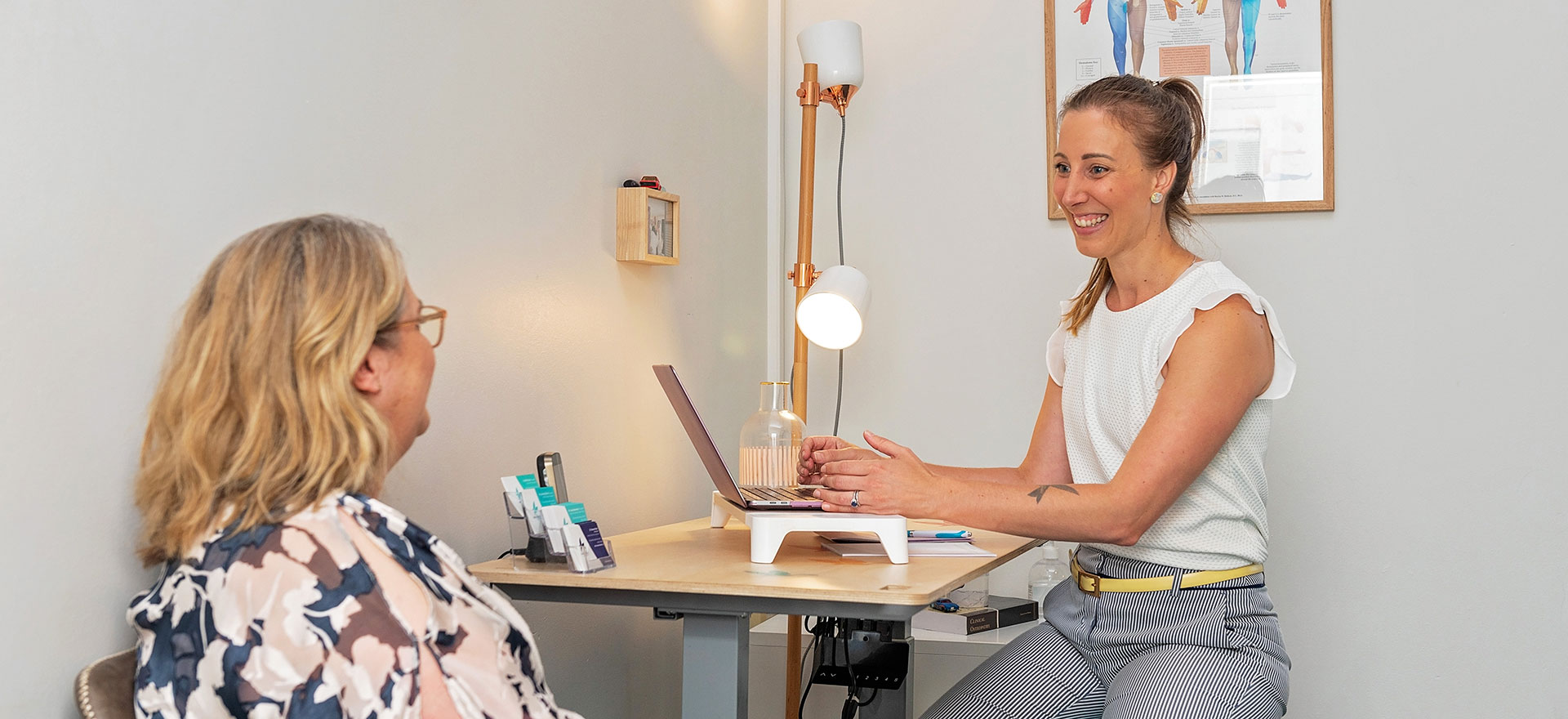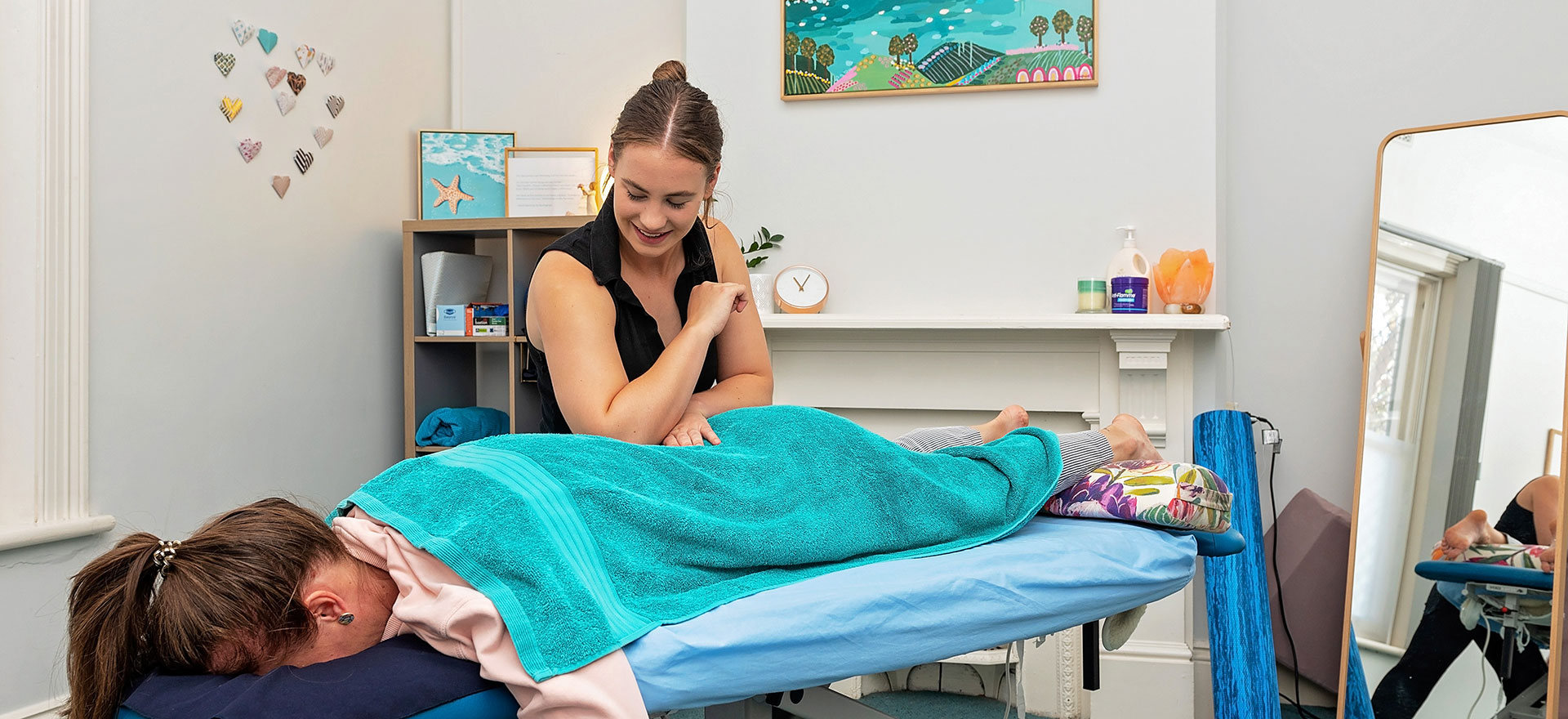Appointment FAQs

No, you can make an appointment directly without a referral.
Not all of it
If you have been referred to the clinic by a GP under the Chronic Disease Management (CDM) plan, Medicare will cover most of your consult with a small gap payment to be paid out of pocket. This can be used to see our Chiropractor and Osteopaths. Medicare will cover up to 5 treatments across the calendar year. You cannot use your private health AND Medicare rebate at the same time.
Yes you should arrive early for your first appointment, as you will need to fill out initial paperwork.
Your Resilient Health practitioner will need to record your medical history to assist in discussing treatment options.
Under the Australian law, your practitioner needs to obtain your approval to treat you, so you may be asked to sign an ‘informed consent’ form.
Yes
You can have someone present throughout your consultation and treatment. We recommend that any minors under the age of 18 have a parent with them, as well as anyone who might need a little help explaining what is going on.
Yes, if you have your card on you, or in your health fund app on your phone.
We have a HICAPS and EFTPOS terminal for your convenience. If you have the required extras cover, we can claim from your private health insurer on your behalf.
Rebates will depend on your level of cover and insurance policy. It is best to contact your insurer directly to find out this information.
Our Resilient Health Osteopaths use codes: 1804, 1803, 1802
Our Resilient Health Chiropractor uses codes: 1002, 1006, 1005
If you’re not sure if you have the required extras cover or would like to know your rebate amount please call your insurer regarding your policy directly, as unfortunately we are unable to do this on your behalf.
It’s easier than you think!
You can easily book online by selecting our “Book Appointments online button” at the top of the webpage, or in the drop down menu (“book online”) under “appointments” menu in the grey bar.
At the book online page you simply select your service and then what type of consult you require from the options by clicking “select”.
Then you can choose your practitioner, by clicking “select”.
A calendar will appear, where you can choose the day and see a selection of available times, you can then select a time.
The next page will require you to enter your personal details AND to accept our cancellation policy. You may then click on “continue” to review your information.
Your booking is not confirmed until you press the “book appointment” button at the bottom of the page.
We will send a confirmation email within 30mins of your booking online and ANOTHER email and text reminder 2 days before your appointment.
For new patients, our lovely receptionist will call to confirm you in the week of your appointment.
We are very excited to meet you and help you in your health journey!
No, Our Resilient Health Osteopaths and Chiropractor are primary health practitioners.
This means that you can book directly with them and do not require a referral from your GP. We have made this easy by having online bookings - click the “book online” button at the top of the page.
Our Resilient Health team are happy to receive a letter from any of your health care providers if you believe it will help you in your journey. We pride ourselves on working collaboratively.
If your GP is referring you under medicare, you will require them to complete some paperwork, this then allows you to receive a medicare rebate which covers SOME of your consultation. In 2023 this amount was about $58.
Unfortunately we do not work with third parties (Work Cover, MAC, DVA). In these cases you will be required to pay us directly, and then recoup funds directly from these parties.
Treatment FAQs

Bring along any X-rays, scans or test results that you may have.
It’s important that you feel comfortable, so wear a comfortable shirt and loose pants or bring a pair of shorts to change into.
Your consultation at Resilient Health should not cause undue discomfort.
If your injuries do require hands-on treatment of painful and tender areas, your practitioner will aim to make you as comfortable as possible.
There are techniques that may cause some short-term discomfort or pain. You may experience mild soreness for a day or two after treatment, similar to that felt after mild exercise. If this soreness persists or increases significantly, call your practitioner to discuss your concerns.
Absolutely!
The techniques used to treat a pregnant woman by all practitioners at Resilient Health are carefully selected to ensure that the mother is comfortable at all times. We have special Belly Pillows, which allow her to lie on her tummy with ease and comfort. Our team also does regular ongoing learning to ensure that they are up to speed on the latest evidence and techniques.
Yes, absolutely! We recommend that you follow your surgeons post-surgical care and recovery recommendations, but we are very adaptable!
Our Resilient Health Team can work around healing scars and recovery from MANY surgeries thanks to our training and diverse skill set. If you have any queries or concerns, please email or call the clinic and one of our lovely practitioners will be able to provide you with advice specific to your medical history.
Our Resilient Health team is here to guide you on your health journey.
It is important you tell your practitioner if your medical condition changes over time. This includes any new injuries or change of medications or diagnoses. Being primary health care providers and having had extensive training, our Resilient Health Osteopaths and Chiropractor have a broad health literacy and a knowledge base that can help direct you to resources and information about your health. We love to support you.
